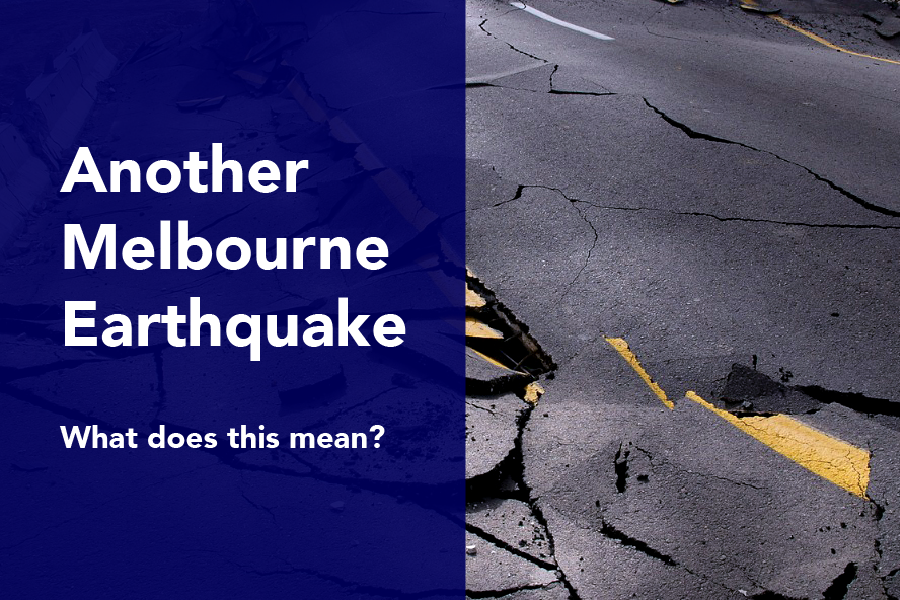Approximately 7,000 Victorians were alarmed by tremors at about 1:32am this morning as a magnitude 4.6 earthquake hit 127km east of Melbourne, near Rawson.
Victoria has been hit by several quakes recently, including three in the space of one week in May leading many to wonder, are earthquakes becoming more common in Melbourne?
Although some Melbournians have experienced three or even four earthquakes in the last two months, earthquakes are not becoming more common in Melbourne. It is not unexpected for there to be 10–12 felt earthquakes a year somewhere in the greater Melbourne region.
The closer you are to the earthquake epicentre, the more likely you are to feel it. You’re also more likely to experience an earthquake if you’re stationary, rather than jogging or riding a bike or driving. Some people reportedly slept through last night’s earthquake.
Earthquakes in Australia occur as a result of stresses at our surrounding tectonic plate boundaries, where different plates collide, grind past one another, or are being forced apart. These stresses make their way towards the middle of the plate, too.
In southeast Australia, the forces at the Pacific-Australian plate boundary to the east of us, the same plate boundary which passes through Aotearoa New Zealand, produce a build-up of strain. This is eventually released in the form of earthquake ruptures at weak zones (faults) in the earth’s crust.
As a result of all this, earthquakes occur in the greater Melbourne region about once a month. Many of these, typically more 75%, are too small to be felt.












